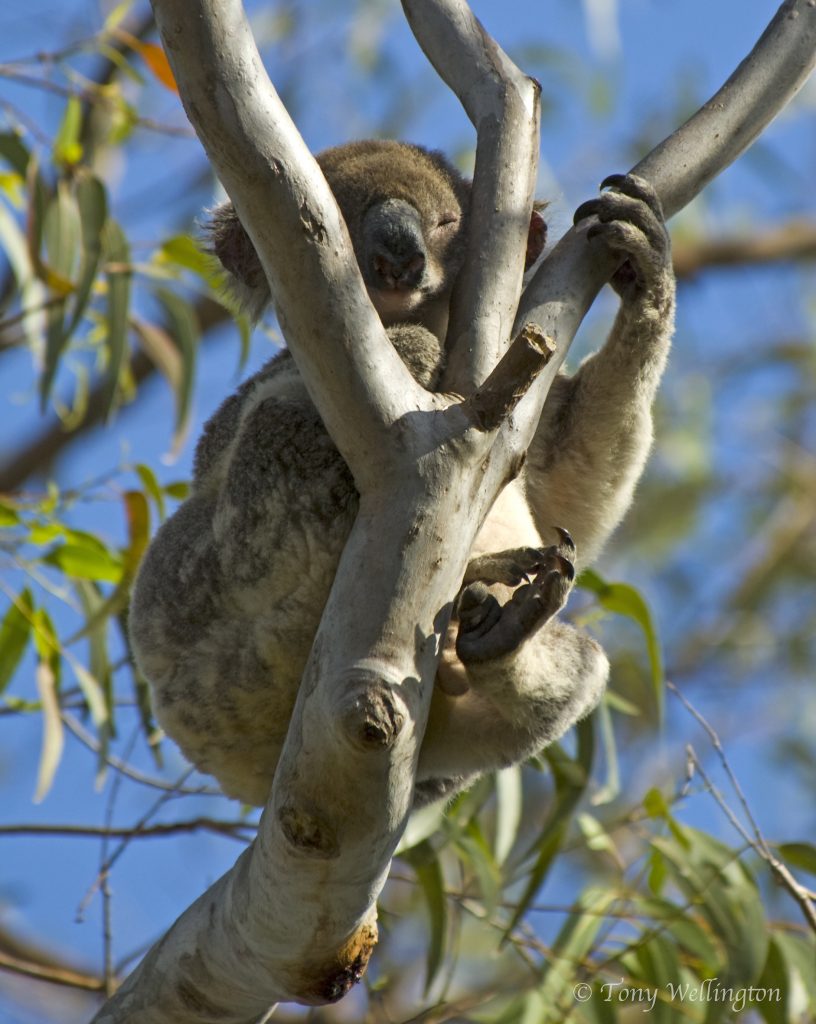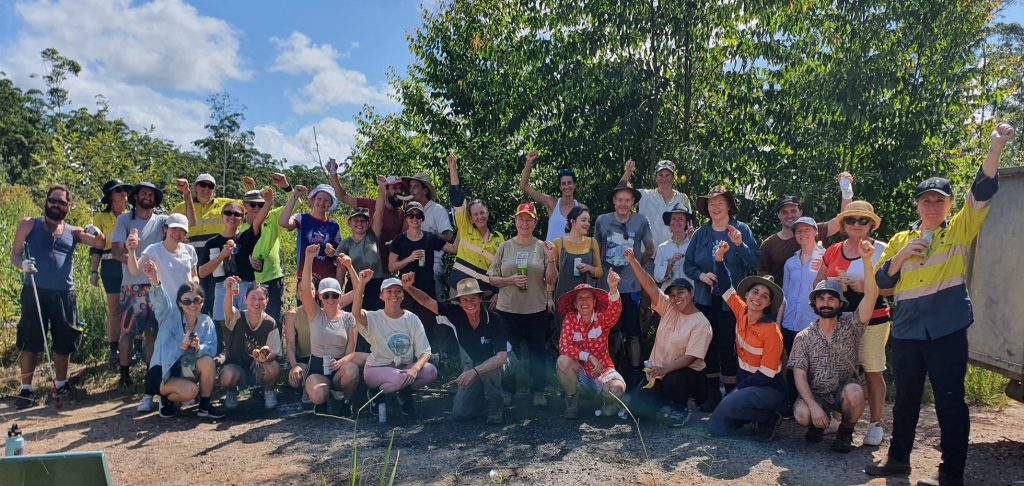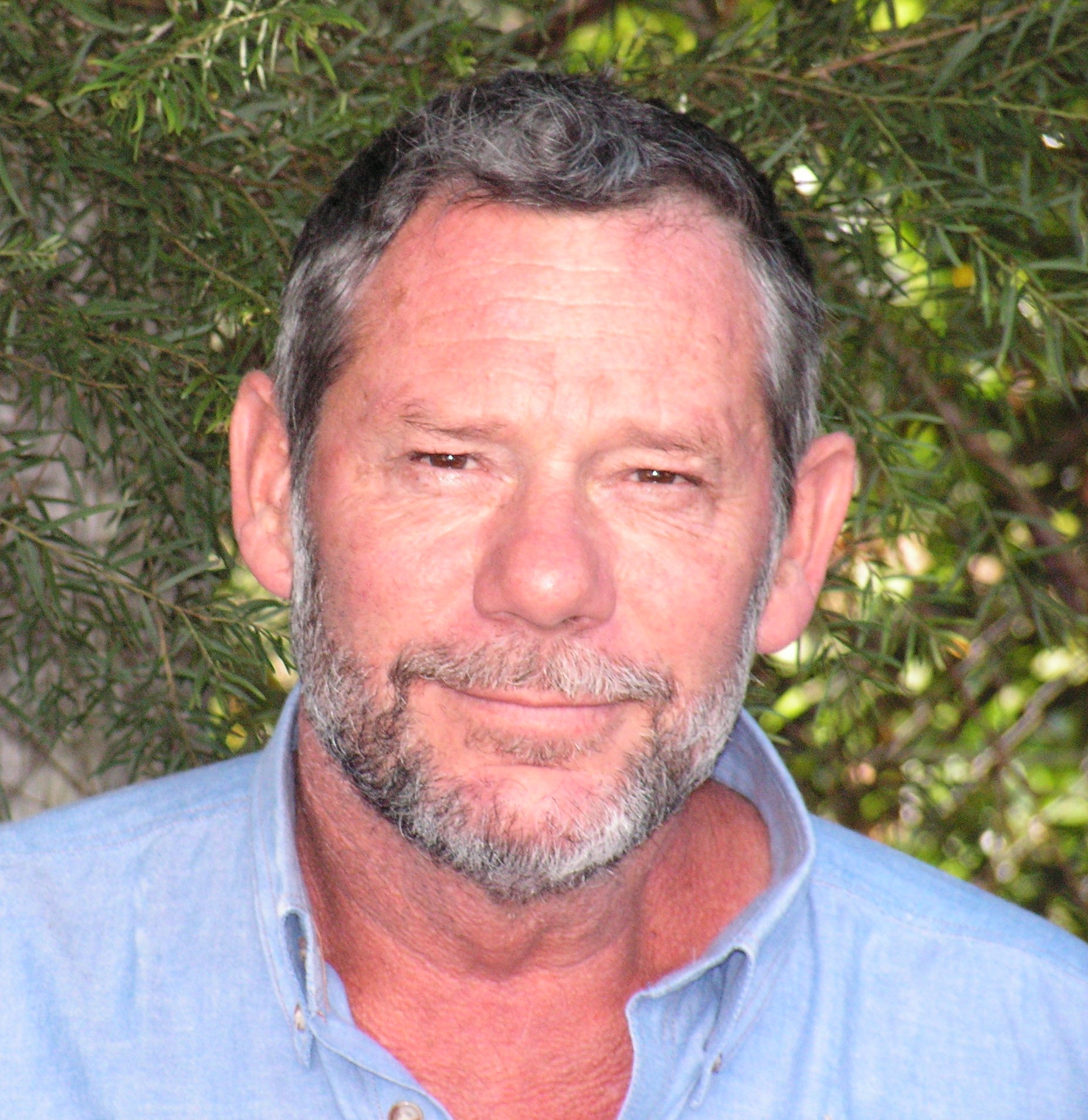Something truly transformational is happening – mostly out of sight – in our hinterland.
The Yurol-Ringtail Conservation Project – described as the last link in the crescent of National Parks around Noosa – is rapidly changing from a logging forest into a magnificent 2400 hectares of National Park.
Noosa Matters recently reported on what you might call the ‘Koala dividend’…the discovery that this area looks like containing hundreds more koalas than previously thought.

This National Park gift to the next generation was the brainchild of Noosa Parks Association’s Michael Gloster, embraced by the previous Wellington Noosa Council and the State Government, and now transforming from brilliant concept to reality.
Noosa & District Landcare Group [NDLG] has made a flying start to this iconic project, despite adverse weather conditions.
Work commenced in March with a Cultural Awareness workshop by Kerry Jones. This was attended by all staff who would be working on site in order for them to be aware of, and able to identify, any artifacts of cultural significance.
Two Community planting events were held in March and April in partnership with Greenfleet, Central Queensland University, Annie Nolan from Noosa Council and Noosa Biosphere Reserve Foundation. Over 50 people attended and 600 trees were planted. These were terrific days and the participants all did good work, and had a ball.

NDLG’s conservation services crew has since planted approximately 15,000 tubestock so far across Yurol and Ringtail sites, which equates to 37 hectares. By December this year we hope to have planted 46,681 tubestock, covering 116 hectares.
Weed control within the State forest area includes treating the coppicing Gympie messmate [Eucalyptus cloeziana] left over from the hardwood plantations, as well as treating the Slash pines [ a combination of Pinus elliottii and Pinus caribaea] from the softwood plantations.
The team has also treated the usual suspects – Lantana [Lantana camara var. camara] and Camphor laurel [Cinnamomum camphora].
The long spell of wet weather has made life very difficult for crews, with access on the forestry tracks a tricky operation. It has been good for the young trees though with early signs that establishment rates are high.

As Noosa Landcare was formed in 1990 in part due to dissatisfaction with the planting of ‘monocultures’, we are very pleased to be working to restore biodiversity and in particular habitat for native animals including Koalas!
Like to know more about the genesis of this fantastic addition to our National Park estate? Read this excellent story by Phil Jarratt in Noosa Today.

